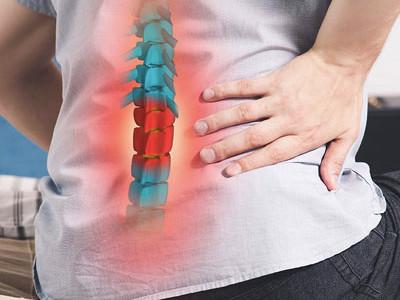
- Published on 27-May-2022
- 0 Likes
- 0 Comments
- 75 Times Read
Upper back pain may not be as common as lower back pain but it may also induce severe pain and extreme discomfort. It is frequently caused by myofascial pain or muscular irritation and dysfunction on the joint. Degeneration on the upper back discs may occur but this condition is too rarely observed among upper back pain sufferers.
Both the myofascial pain and the joint dysfunction can best be helped with treatments in the forms of:
- Active and passive physical therapy and daily exercise
- Osteopathic or chiropractic manipulation
- Massage therapy or deep massage
- Acupuncture
- Massage therapy
- Injections with a local anesthetic on trigger points
- Over the counter medications
- Prescription drugs
The back bone is divided into several categories and each are at risk to different factors. As much as lower back pain is a condition that affects the lower portion of the spinal bones (lumbar), the upper back pain is mainly due to irregularities or impairments on the thoracic spine. While the lower spine and the neck are intended to allow us for greater mobility, the thoracic spine is designed to protect the internal organs that the section covers and to help the framework of the body to hold itself in its respective postures.
Because this section of the spinal chord are created for limited movement and more stability, it's susceptibility to injuries and degeneration is much too less when compared with what the lower back is facing. Additionally, upper back may develop lesser disorders and like herniated spinal disks, degenerative disc disease and spinal stenosis.
Upper back pain may be the resultant of poor posture or extreme trauma. Interestingly enough, the most recent cases documented for upper back pain typically came from people who work continuously in front of computers. Upper back pain often occurs with neck and shoulder pain.
Rarely, thoracic disk disease is the cause for upper back bone. Though this often is the case with lower back pain, the case is the opposite with thoracic back pain since lesser mobility is created with this spinal bone part.
Another less occurring condition responsible for upper back pain is the trauma that may cause the fracture or extreme injuries on the thoracic vertebrae. In this case, there is no room for neglecting the condition. This needs immediate medical assistance via early diagnosis to measure the damage incurred and to formulate the ideal treatment plan.




0 Comments